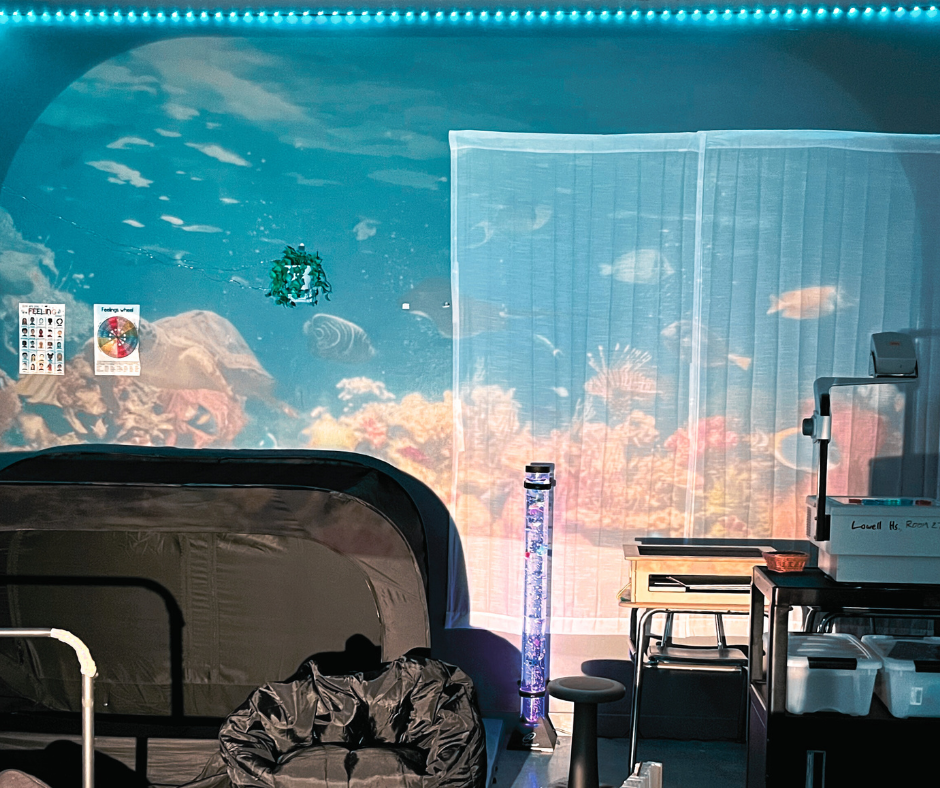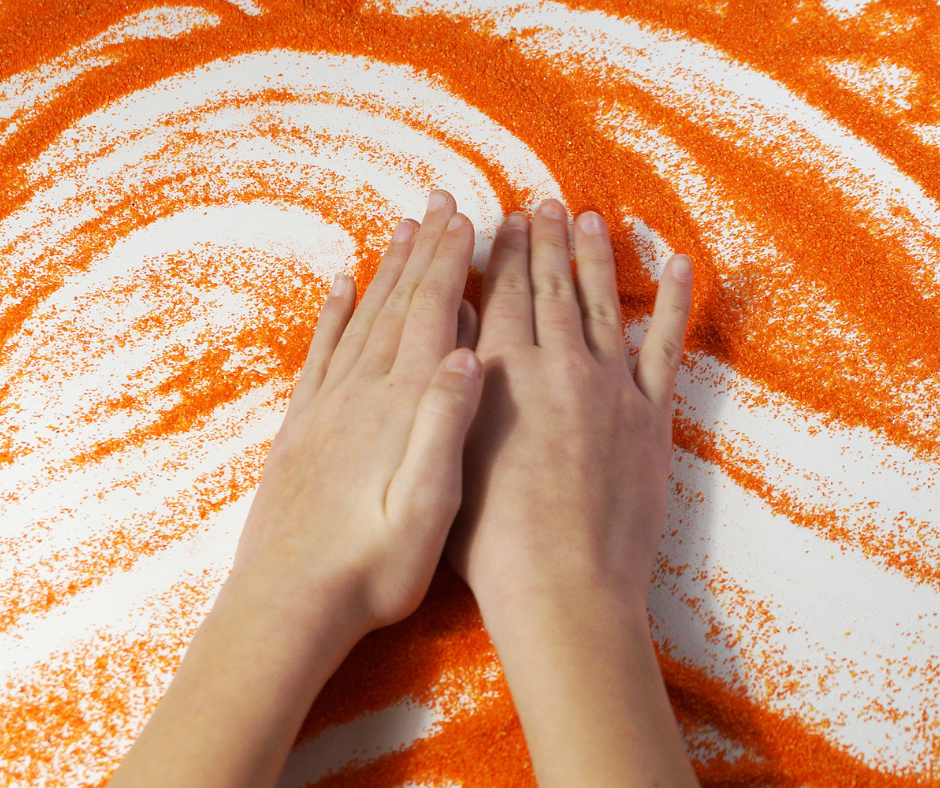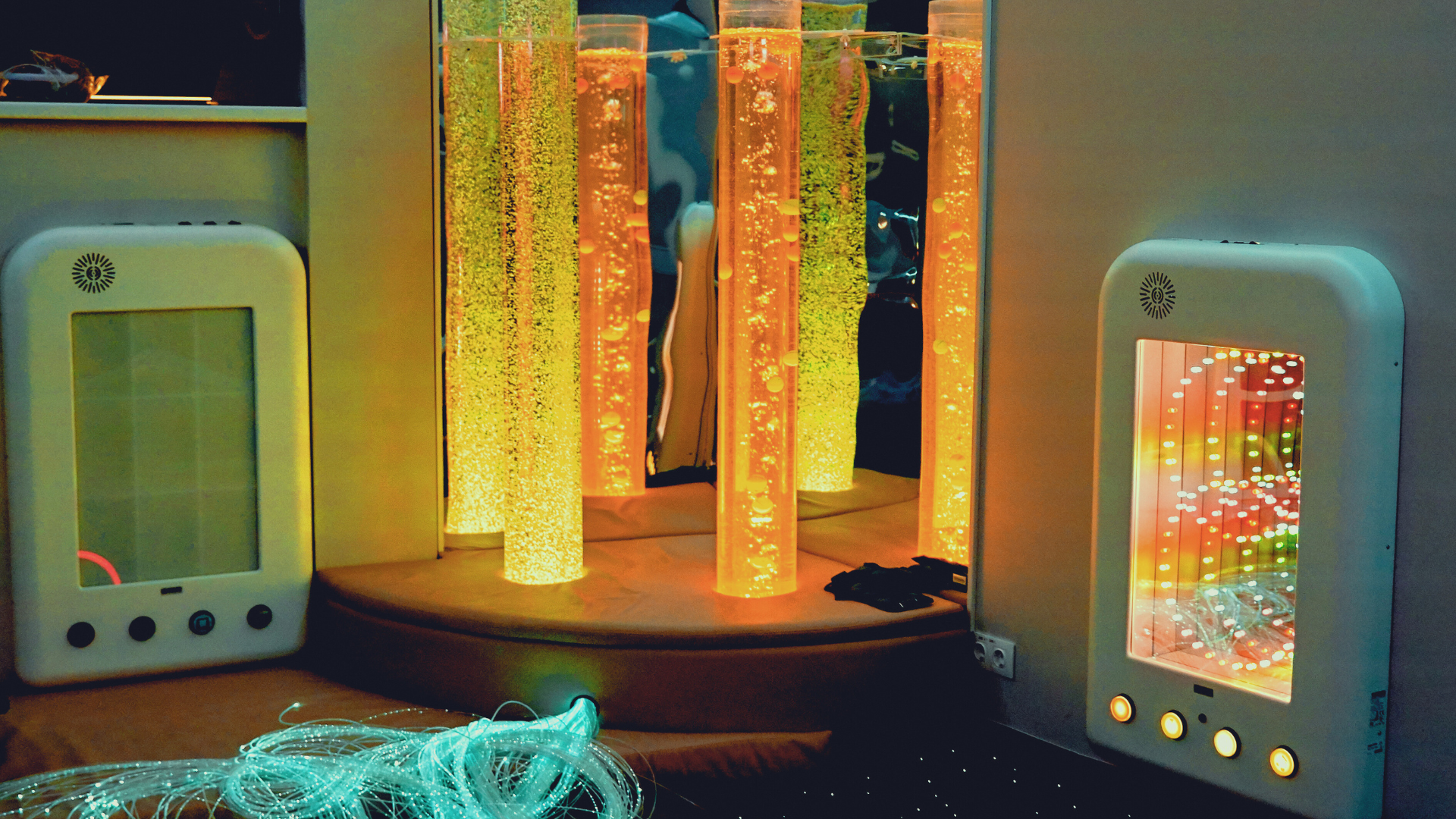Recognizing signs of sensory processing disorders (SPD) in students is crucial for teachers. By understanding and employing strategies to help them cope, educators can significantly minimize disruptive behaviors in the classroom and enhance learning opportunities. In my previous posts, I talked about sensory integration and provided an overview of SPD. In this post, I’ll share some effective strategies for supporting students with SPD in educational settings.
When a teacher identifies a child struggling or displaying behavioral issues, the first step is to assess the environment for potential triggers. Instead of resorting to punishment, it’s crucial to consider sensory integration challenges. As highlighted by Isbell and Isbell (2012) in “Sensory Integration: A Guide for Preschool Teachers,” creating an optimal environment involves balancing sensory inputs across various modalities such as visual, auditory, tactile, vestibular, and proprioceptive stimuli. Evaluating whether the environment may be overwhelming or under-stimulating for each child is essential.
Inclusive Classroom Practices

To cultivate a supportive environment accommodating children’s sensory differences, several strategies are recommended. These include monitoring noise levels, considering lighting conditions, maintaining consistent routines and transitions, delivering clear instructions, offering choices, proactively observing children to anticipate issues, fostering self-awareness, and respecting emotions and personal space. Tailoring strategies to address individual patterns of sensory processing aids children in adapting to the classroom environment (Thompson & Raisor, 2013). What we, as teachers, do in the classroom matters. Effective interactions are equally vital alongside environmental considerations for supporting children with SPD.
Addressing Specific Sensory Challenges
If a child has problems with the vestibular (inner ear and balance) system, he may fall easily, have difficulty with spatial concepts or need to spend most of his energy focusing on staying in his chair. We can help these children by encouraging them to play on swings or the merry-go-round or by placing a rocking chair in the classroom. Some children avoid crossing the midline of their body or mix up letters or patterns. We can help them by leading them in activities that use both sides of the body such as jumping jacks and catching large balls.
Tactile and Proprioception Supports

Activities like art, sensory or water bins, playdough, and loose parts exploration and experimentation provide opportunities for developing the tactile and proprioception senses. We can also make adjustments in the classroom environment and interactions to assist children who are hypersensitive to touch. One strategy is giving them the job of closing the door as the class leaves the room so they are always at the end of the line and don’t need to worry about other children crowding them from behind. We should always approach these children from the front, and avoid light touches.
Students who lack confidence or exhibit clumsiness can benefit from non-competitive games and inclusive activities. Giving sensory seekers the job of moving chairs, running errands, and providing lots of materials and activities for sensory experiences helps these children to meet their sensory needs.
Sensory Tools and Equipment
In an ideal world, all classrooms would be large enough for, and equipped with, sensory equipment like a trampoline, swings, mats, exercise balls, and a space to retreat from sensory overload.. Sadly however, in most public school general education, and many special education classrooms, this isn’t possible. Sensory tools like fidgets, chewies, and weighted items however, are feasible in most classrooms.
Supporting Sensory Processing Disorders Is Critical
These strategies represent only a glimpse into the myriad ways educators can support students with SPD. Collaborating with parents is also essential in implementing environment adjustments and strategies, and in cases where additional support is needed, referring the child to an occupational therapist can be beneficial. Occupational therapy, within a sensory integration framework, aims to enhance social participation, self-esteem, self-regulation, and sensory-motor skills (Kranowitz).
It’s imperative that educators understand sensory processing disorder and are able to recognize the behaviors associated with it. This knowledge allows teachers to support the child’s development, improve children’s experiences, and reduce challenging behaviors in the classroom.
Carol Stock Kranowitz, M. (2005). The Out-Of-Sync Child: Recognizing and Coping With Sensory Processing Disorder, 2nd Edition. Perigee.
Isbell, C., & Isbell, R. (2012). Sensory Integration: A Guide for Preschool Teachers. Lewisville, NC: Gryphon House, Inc.
Thompson, S. D., & Raisor, J. M. (2013, May). Meeting the Sensory Needs of Young Children. Young Children, pp. 34-43.


